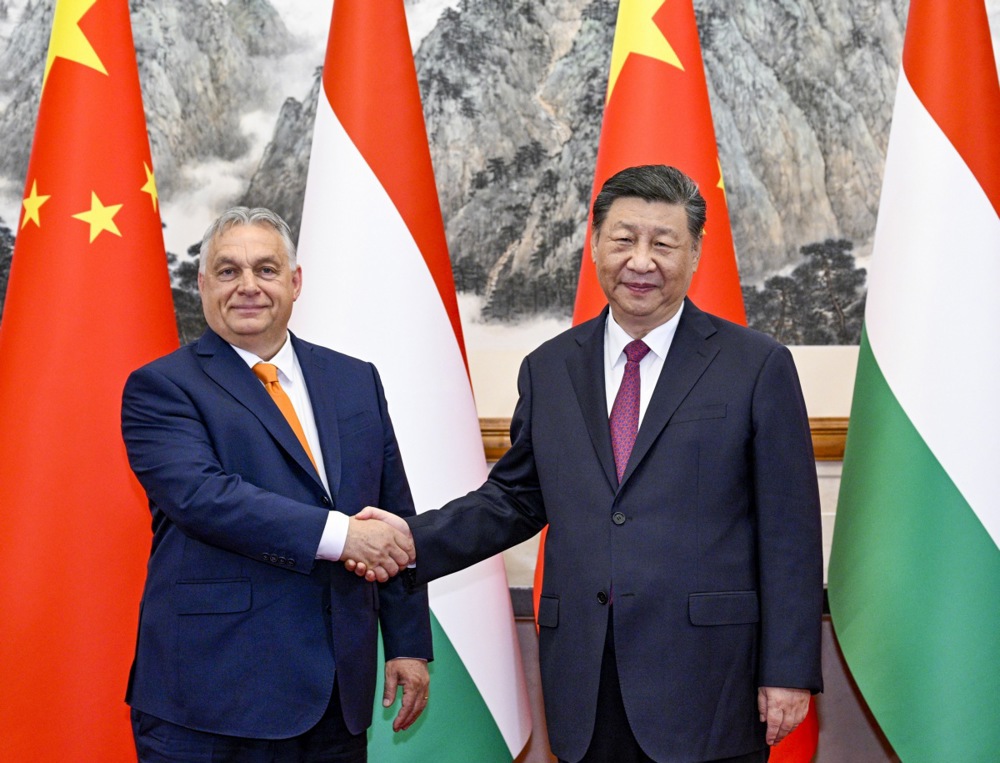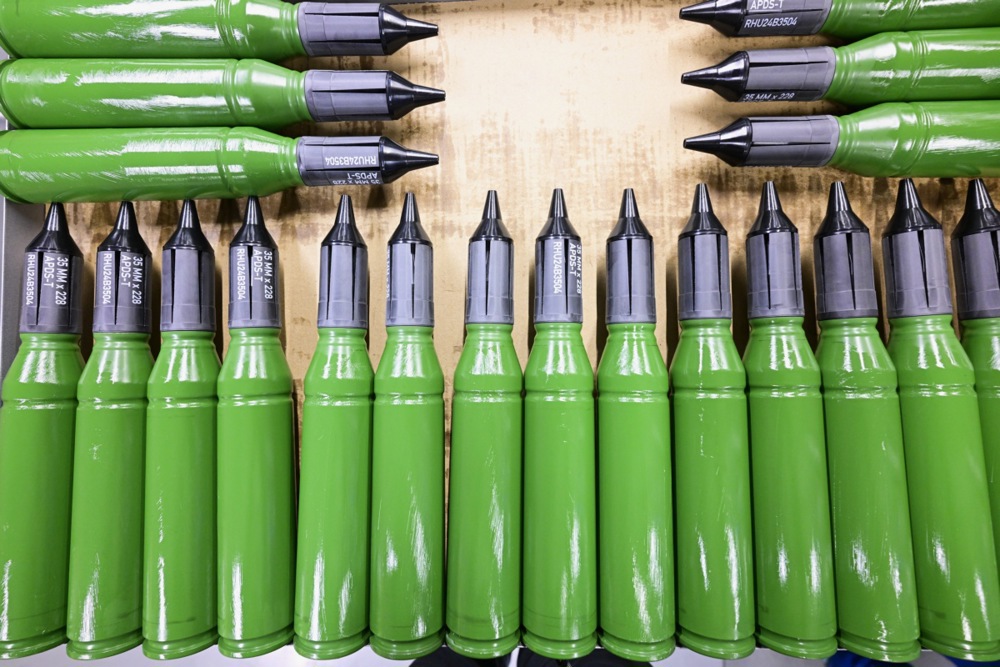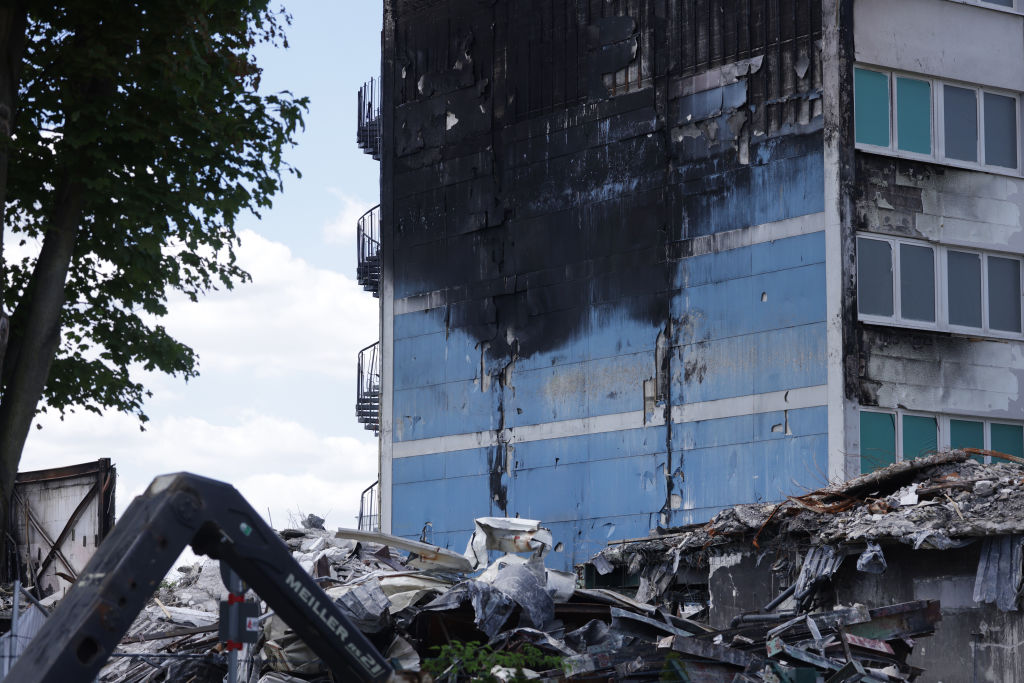European Union promises for increased ammunition production to support Ukraine have been vastly overstated, an investigative report has claimed.
Journalists working with The Investigative Desk collective looked at production numbers put forward by the European Commission and concluded that Brussels is overestimating the capacity of European ammo production.
Their research indicated a substantial discrepancy between the EU’s reported figures and the actual increase in munitions manufacturing capabilities.
In April year, a spokesman for Josep Borrell, the EU High Representative for Foreign Affairs, claimed that European arms companies could produce “at least 1.4 million shells” of the 155-millimetre calibre NATO standard by the end of the year.
In January, EU internal market commissioner Thierry Breton said the EU will have the capacity to churn out at least 1.3 million rounds of ammunition by the end of this year.
In May 2023, the Council of the EU agreed on a three-tier approach intended to speed up the delivery and joint procurement of artillery ammunition with a view to providing 1 million rounds of artillery ammunition to Ukraine within 12 months following the agreement.
NATO allies have agreed to fund military aid for Ukraine with €40 billion next year, two Western European diplomats told Reuters ahead of alliance leaders meeting in Washington. https://t.co/RBgosexq3F
— Brussels Signal (@brusselssignal) July 4, 2024
In reality, the amount of munitions actually produced has been much lower.
An industry insider described Breton’s estimate as “nonsense”.
“There is no such thing as a capacity of 1.7 million artillery shells across Europe,” they said.
They added that the capacity for 2024 is less than half a million.
“Possibly 400,000, maybe even a little less.”
Another source put Europe’s total capacity at around 580.000 units per year.
Numbers from the German arms manufacturer Rheinmetall, seen by The Investigative Desk, indicated European capacity at between 400,000 and 600,000 shells.
There is only a “theoretical possibility” that Europe could produce 1 million shells, Magnus-Valdemar Saar, ammunition procurement director of Estonia told the journalists. These numbers concur with official documents by the Estonian Ministry of Defence.
In reaction to questions by the investigative journalists, a European Commission spokesperson said its calculations were based on data from manufacturers, factory visits, discussions with EU Member States and further talks with representatives of the producers.
“We therefore stand by our estimate that a production capacity of 1.5 to 1.7 million can be achieved under realistic operational conditions, in response to received orders,” the spokesperson said.

Relying on inflated production figures — potentially triple the actual capacity — poses significant risks, industry specialists warned. It could lead to flawed strategic decisions and potentially compromise the ability to meet critical ammunition needs for Ukraine and NATO allies in times of urgency.
There are several reasons given for the lag in ammunition production. Governments seem to be making orders for the medium-term future, the next three to four years. Manufacturers appear unwilling to fulfil these orders, as it would require them to invest billions in additional manufacturing capacity without any guarantee of return on investment.
Another reason is a lack of materials and parts — explosives, for example, are in short supply.
Russian forces capitalised on a months-long gap in US military aid earlier this year, seizing tactical advantages across multiple fronts. This momentum shift occurred as the American Congress was gridlocked and American supplies stopped.
A possible return of Donald Trump as US president who may curb supplies could further pressure on Europeans as the US has been bearing the brunt of the armament effort for Ukraine.
According to US governmental reports, the country has dispatched more than 3 million 155mm artillery shells to Ukraine since the Russian invasion began, along with an additional million shells of other types.
In contrast, Ukraine’s defence ministry stated that during the same period, his country received only 500,000 shells of various calibres from the EU.
Ukrainian President Volodymyr Zelensky earned a place in history when, at the beginning of the war, he told the West he did not need to evacuate Kyiv but required ammunition instead. Still, despite lofty promises to deliver such help, the EU has not been able to scale up its production as required.
In March 2024, a group of 18 Western countries had to go on the international markets to find much-needed extra munitions for Ukraine.
NATO is reportedly set to expand its military capabilities to counter potential threats from Russia, with plans to add between 35 and 50 additional brigades. https://t.co/MdivRZEdsz
— Brussels Signal (@brusselssignal) July 8, 2024





